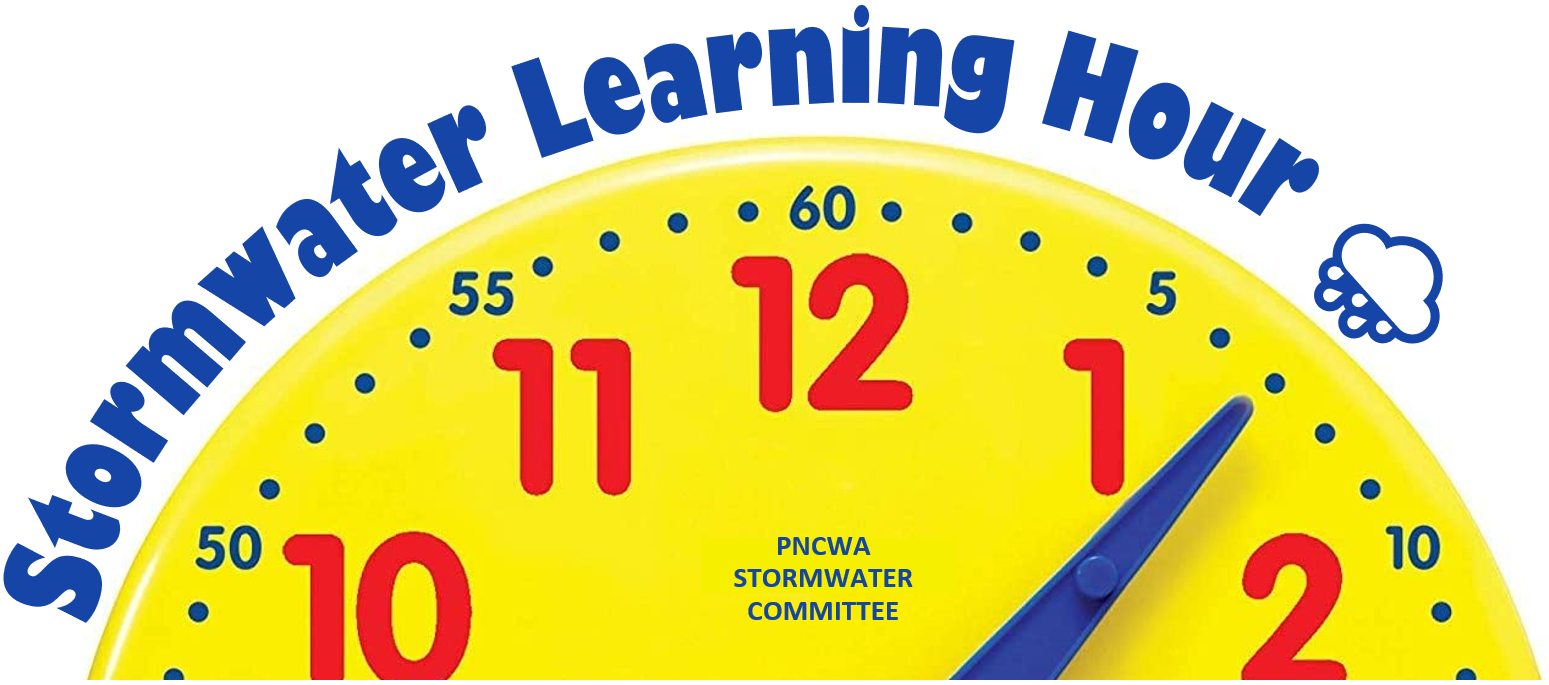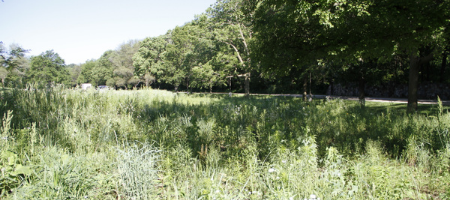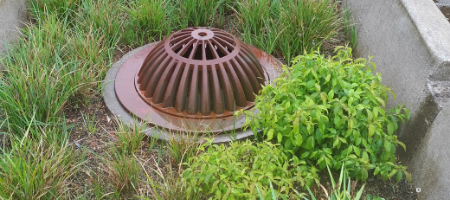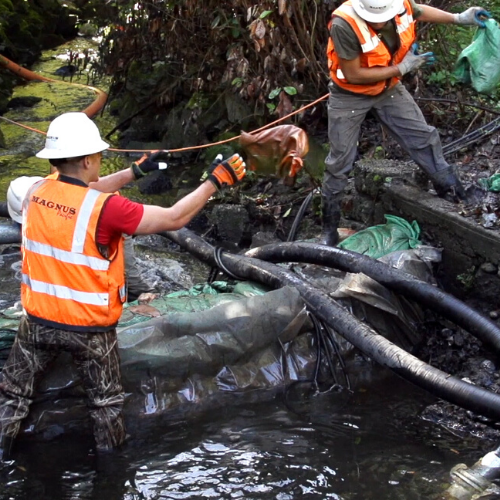Stormwater Learning Hour, June 17

Please join the Stormwater Committee for an informal learning hour on Thursday, June 17 at 12 PM PDT. Nitin Joshi, Environmental and Regulatory Affairs Manager at City of Salem, will present on the Pringle Creek Demolition and Stream Restoration project, which brought daylight to a stretch of Pringle Creek near its confluence with the Willamette River in Salem, Oregon near Riverfront Park. Since the 1980s, Salem has been working to reclaim its waterfront from a century of industrial use and to convert it to public open space and economic redevelopment. Nitin will discuss how the City tackled the technical and regulatory challenges associated with this project, which won an Award of Merit in 2020 from the Engineering News Record. Sign up now for this lunch-hour presentation with time for interaction and questions (no CEUs offered at this time).



 Thornton Creek is familiar to you as the 18-mile urban creek that runs from Southeast Shoreline through to Northeast Seattle. The creek has been manipulated extensively over the past decades as it was solely a flood conveyance system for the area; however, from these alterations, it became less hospitable for the fish and wildlife. For the fish to thrive, the water layers need to interact in a cyclical habitat, which cleanses the water of waste and regulates the temperature of the water.
Thornton Creek is familiar to you as the 18-mile urban creek that runs from Southeast Shoreline through to Northeast Seattle. The creek has been manipulated extensively over the past decades as it was solely a flood conveyance system for the area; however, from these alterations, it became less hospitable for the fish and wildlife. For the fish to thrive, the water layers need to interact in a cyclical habitat, which cleanses the water of waste and regulates the temperature of the water.  Construction is underway in the Georgetown neighborhood of Seattle, Wash., on a combined sewer overflow (CSO) wet weather treatment station that will treat up to 265 million L/d (70 mgd) of polluted stormwater runoff that currently can flow into the Duwamish River during severe rain events. The $262 million Georgetown Wet Weather Treatment Station — a key part of King County’s broader objective to safeguard Puget Sound — is expected to help protect the Duwamish River from stormwater pollution for the next century.
Construction is underway in the Georgetown neighborhood of Seattle, Wash., on a combined sewer overflow (CSO) wet weather treatment station that will treat up to 265 million L/d (70 mgd) of polluted stormwater runoff that currently can flow into the Duwamish River during severe rain events. The $262 million Georgetown Wet Weather Treatment Station — a key part of King County’s broader objective to safeguard Puget Sound — is expected to help protect the Duwamish River from stormwater pollution for the next century.